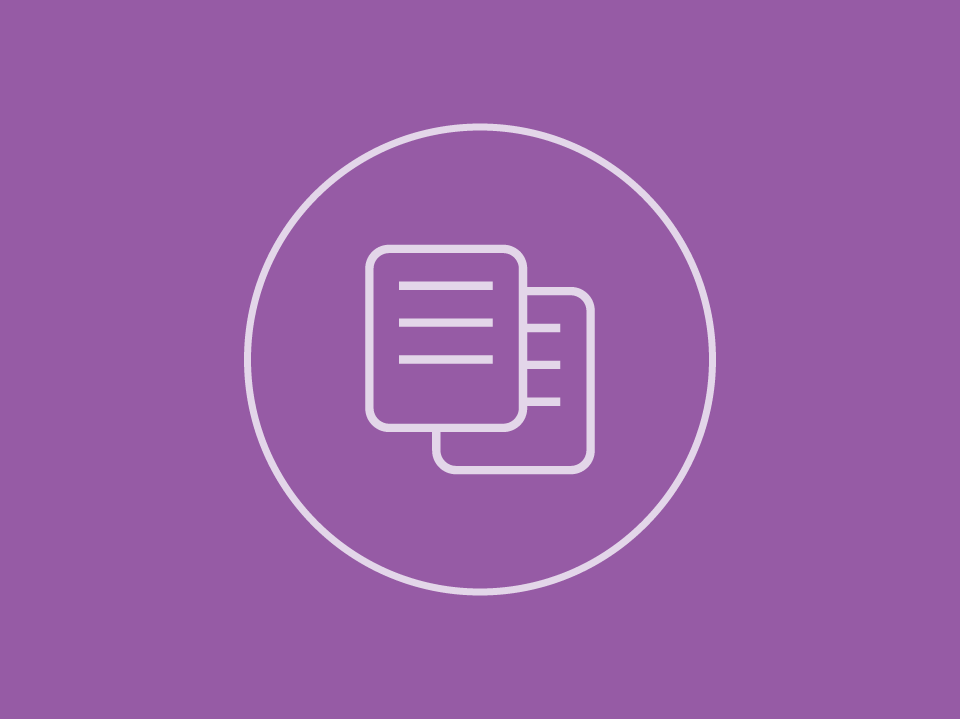We recently wrote about the challenges many organizations face trying to get the business to write good user stories. Most are new to Agile and don’t know how to write them. To make matters worse, there’s a major tool mismatch: Business people live in Microsoft Office every day, while their development team counterparts use Agile task management tools.
Without technology to connect those two preferred platforms, either 1) business people have to learn how to write good user stories and use the development team’s tool or 2) the development team ends up writing user stories. Both outcomes are obviously problematic.
If your dev teams use Atlassian JIRA, we have a simple solution.
In 2002, Atlassian’s founders introduced JIRA Software, an Agile planning and task management tool. It was inexpensive and easily downloadable on the internet. Developers loved it – they still do. Since then, JIRA has become one of the most popular Agile tools in use globally. It’s embedded in many organizations and is probably the tool of choice for many of your development teams.
If your business people are frustrated by having to use JIRA or your development teams are writing their own user stories, I want to tell you about our new JIRA add-on, Storyteller – a powerful tool that aligns traditional requirements and Agile user stories and the people that create and consume them by leveraging the power and familiarity of process models.
Business people know how to create and understand process models. They use them all the time to visualize the business, inform decisions, and improve processes. And when you think about it, those process models, with their steps and pathways, look a lot like a collection of user stories:
- Its roles represent a user story’s who – the person, role, or system performing an action.
- Its tasks represent a user story’s what – the action or goal of the user story.
- A user story’s why can be derived from downstream tasks or the outcome of the process.
- Pre-conditions, post-conditions, and system responses can translate to a user story’s acceptance criteria.
What if your business people could deliver high-quality user stories without having to know how?
Storyteller uses the similarities of process models and user stories to give business stakeholders an easy way to create requirements in the form of process models that are then used to automatically create user stories in the development team’s JIRA environment.
With Storyteller:
- Business people easily create process models… They use an intuitive, drag-and-drop interface to define requirements using the familiar construct of processes – with tasks, decision points, users, and conditions.
- … and then auto-generate high-quality user stories and tests with one, simple click. Storyteller uses the business-defined process models to automatically generate user stories, including their acceptance criteria and test cases in an intuitive “Given-When-Then” format, along with their Gherkin feature files – all with the click of a button.
There is no need for business people to learn how to write user stories or work in the development team’s tools. The development team gets the user stories it needs without having to manually create them. Because user stories are automatically-generated, human error is removed from the equation. They are complete and consistent. They cover all scenarios defined in the process models.
To reinforce and speed up new Agile processes, teams need technology to support them. Storyteller is an accessible tool JIRA users can install quickly to give their business partners a way to deliver high-quality user stories in an environment that works for them.




